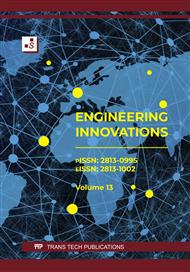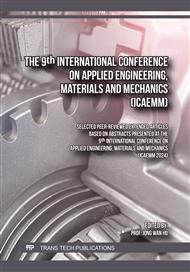p.3
p.13
p.25
p.37
p.43
p.49
p.57
p.75
p.83
The Concept of Optimizing the Environment and Moving towards Sustainable Development Goals with Green Infrastructure
Abstract:
At this stage, the United Nations has established the Sustainable Development Goals (SDGs) to guide global sustainability goals. In order to improve the environment and achieve the goal of sustainable development. This study mainly uses green roofs, the most common among green infrastructures, as the object of study. Green roofs are an auxiliary facility commonly developed on general buildings. They can reduce flood flow and increase water storage capacity through infiltration. This study mainly uses indoor experiments, using green roofs as experimental facilities to simulate the effect of increasing infiltration. The experiment uses an indoor rainfall machine, sets situational simulation conditions as the inflow flow, and uses common grass species as planting. The final experimental results show that this experiment mainly uses a horizontal slope of 0% as the condition for a flat roof. The infiltration rate is as high as more than 50%, and the flood peak can be reduced by more than 30%. Therefore, in the initial design of the building structure, green roof facilities can be considered to achieve the water retention effect through the infiltration rate and reduce the peak flood. It can later be used as a reference for water retention in the building base.
Info:
Periodical:
Pages:
43-48
Citation:
Online since:
February 2025
Authors:
Permissions:
Share:
Citation:



